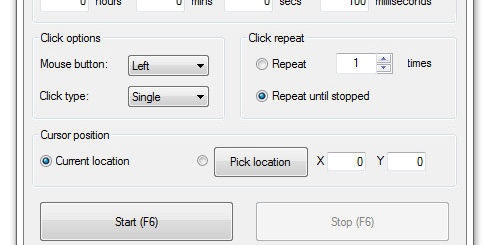Internet Speed Test
The Internet Speed Test website by Meter allows you to embed a speed test on your website. This can be useful for letting your visitors know how fast their internet connection is, or for troubleshooting slow loading times. To use the plugin, you first need to install and activate it from the WordPress plugin repository. Once it’s activated, you’ll see a new “Internet Speed Test” menu item in your WordPress dashboard.
To embed the speed test on your website, you can use the following shortcode: You can also customize the look of the speed test by using the following shortcode parameters: layout (default: “dark”): The layout of the speed test (dark or light) language (default: “auto”): The language of the speed test (auto-detect, WordPress locale, or a specific language code). default-language (default: null): The fallback language for the speed test if the WordPress locale language is not supported.
For example, the following shortcode would embed a light-themed speed test in English:
- Once you’ve added the shortcode to your website, the speed test will be displayed whenever a visitor visits that page.
Here are some additional things to keep in mind when using the Internet Speed Test WordPress plugin:
- The speed test is performed by Meter, so your visitors’ data will be sent to Meter’s servers.
- The speed test may not be accurate if your visitor’s internet connection is slow or unstable.
- The speed test may not be accurate if your visitor’s browser is blocking third-party cookies.
How to test internet speed Google?
To test your internet speed using Google, follow these steps:
- Open your web browser and go to www.google.com.
- In the Google search bar, type “internet speed test” and press Enter.
- Google will display a speed test tool right at the top of the search results. Click on “Run Speed Test.”
- Google will now begin testing your internet speed. It will measure your download speed, upload speed, and ping.
- Once the test is complete, you’ll see the results showing your internet speed in Mbps (megabits per second) for download and upload, as well as the ping value.
Keep in mind that the speed test results may vary depending on various factors such as your internet service provider, network congestion, and the device you are using. It’s recommended to perform multiple tests at different times to get a more accurate average result.
When performing an internet speed test, here are some key factors to pay attention to:
Download Speed: This measures how quickly data can be transferred from the internet to your device. It affects how fast web pages load, files download, and streaming quality.
Upload Speed: This measures how quickly data can be transferred from your device to the internet. It’s important for activities like uploading files, video conferencing, and online gaming (for sending data to servers).
Ping (Latency): Ping measures the response time between your device and the server. Lower ping values are better, as they indicate less delay. Low ping is crucial for online gaming, video calls, and real-time communication.
Consistency: Run multiple tests at different times of the day to check for consistency. A stable and consistent connection is preferable for uninterrupted online activities. Connection Type: Different connection types (e.g., Wi-Fi, Ethernet) and devices can yield varying results. Whenever possible, use a wired Ethernet connection for the most accurate speed test.
Server Location: Speed test servers’ location can affect results due to physical distance and internet routing. Choose a nearby server for more accurate testing. Close Background Apps: Close any applications or services that might be using your internet connection during the test to ensure accurate results.
ISP Plan: Compare your speed test results with the internet plan you’re subscribed to. If there’s a significant discrepancy, you may need to contact your internet service provider. Use Trusted Speed Test Sites: Ensure you’re using reputable and well-known speed test websites or apps to get accurate results.
Consider Peak Times: Internet speeds might be slower during peak hours when many users are online. Try testing your speed at different times of the day to see if there’s any significant difference. By paying attention to these factors, you can get a better understanding of your internet connection’s performance and whether it aligns with the service you’re paying for.











